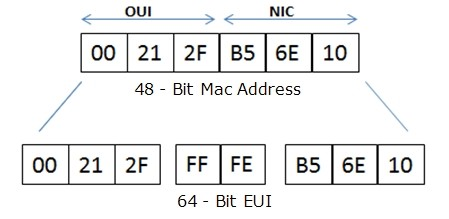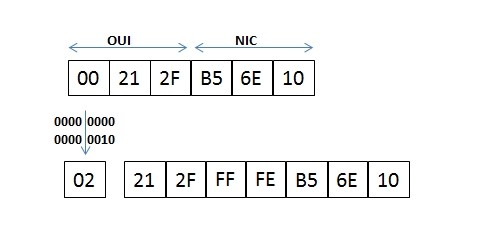

After you review the output of the command show ipv6 interface brief, you see that several IPv6 addresses have the 16-bit hexadecimal value of "FFFE" inserted into the address. Based on this information, what do you conclude about these IPv6 addresses?


Nemanja
5 years, 4 months ago